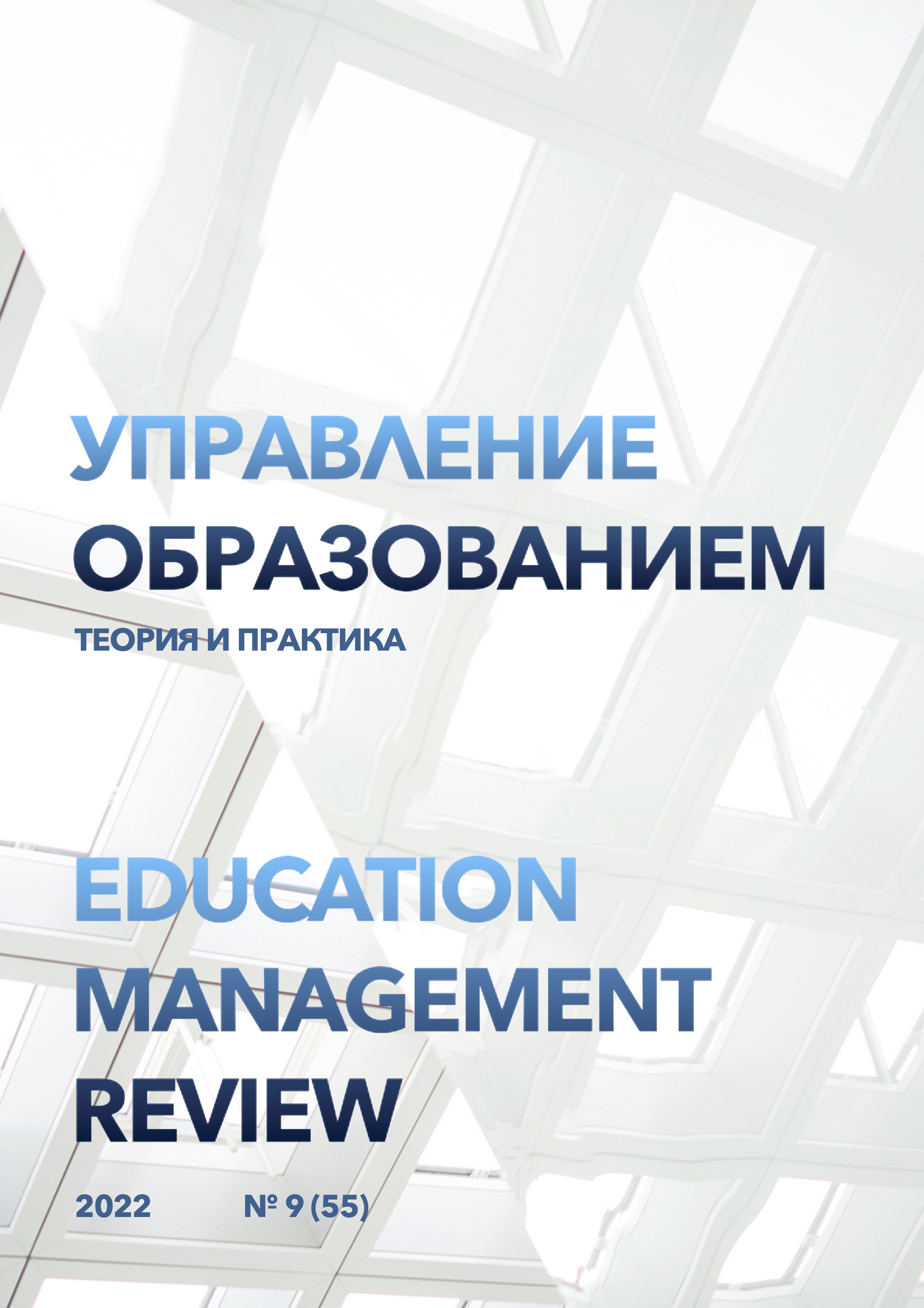Informal medical education in universities
DOI:
https://doi.org/10.25726/m0161-1340-8486-cKeywords:
medicine, research, education, associations, experienceAbstract
World experience shows that one of the regularities of the renewal of society and the productive functioning of the market economy is the organization of education on a scientific basis, the growth of the priority of vocational training in the value system of society. The functioning of formal and non-formal adult education is objectively related to the self-improvement of a person who has a certain professional and life experience. Given the demographic situation in the country, it is important for Russia to solve the problem of attracting adults to the educational process. This is due to the changing forms of social life, the rapid obsolescence of information, the difficulties of intergenerational interaction, the need to integrate elderly people into modern society, which in turn determines the continuity of education, its going beyond age limits and ensures the natural entry of adults into a new stage of life and adaptation to it. At the beginning of the last century, various medical organizations merged into national medical associations in many European countries. At the end of 2019, there are 140 medical associations, public associations, and social foundations in Russia that make a significant contribution to the development of Russian healthcare, the preservation and enhancement of the traditions of Russian physicians, and long-term scientific and practical, humanitarian and educational activities. Representatives of these associations hold plenums, conferences, publish magazines, engage in social activities and informal medical education of the population. In this regard, both informal adult education and the definition of informal medical education for various categories of the adult population realities are becoming relevant.
References
Анисимов Р.И. Прекаризированная занятость в России: опыт определения основных индикаторов // Социологические исследования. 2019. № 9. С. 64-72.
Асалиев А.М., Зайцева А.С. Дополнительное образование как основа системы непрерывного образования // Вестник Саратовского государственного социально-экономического университета. 2018. №5 (74). С. 19-21.
Балкизов З.З., Природова О.Ф., Семенова Т.В., Сизова Ж.М. Переход на новую систему допуска к медицинской деятельности: аккредитация и непрерывное медицинское образование // Медицинское образование и профессиональное развитие. 2016. № 4(26). С. 12-18.
Гринкевич Л.С. Налогообложение труда: к вопросу о выборе российской налоговой политики // Вестник Томского государственного университета. Экономика. 2017. № 40. С. 99-112.
Захарова У.С., Вилкова К.А., Егоров Г.В. Этому невозможно обучить онлайн: прикладные специальности в условиях пандемии // Вопросы образования. 2021. № 1. С. 115-137. doi: 10.17323/1814-9545-2021-1-115-137
Ларионов В.Г., Шереметьева Е.Н., Горшкова Л.А. Цифровая трансформация высшего образования: технологии и цифровые компетенции // Вестник АГТУ. Сер.: Экономика. 2021. №2. С. 61-69;
Ляшевская Н.В. Информальное образование: подходы к определению понятия // Известия ВГПУ. 2019. №7 (140). С. 10-14.
Макаренко А.С. Некоторые выводы из моего педагогического опыта // Макаренко А. С. Педагогические сочинения: в 8 т. Т. 4. Педагогические работы 1936-1939 гг. М.: Директ-Медиа, 2020.
Основные тренды цифровизации высшего образования. Результаты мониторинга информаии о тенденциях развития высшего образования в мире и России. Выпуск 1 // Российский экономический университет имени Г.В. Плеханова. Москва, 2021. 44 с.
Улумбекова Г.Э., Балкизов З.З. Непрерывное медицинское образование в России: что уже сделано и пути развития. ОРГЗДРАВ: новости, мнения, обучение // Вестник ВШОУЗ. 2016. № 3-4(5-6). С. 37-49.




